Metal hydroxide intermediates: Why they matter for phosphorus removal
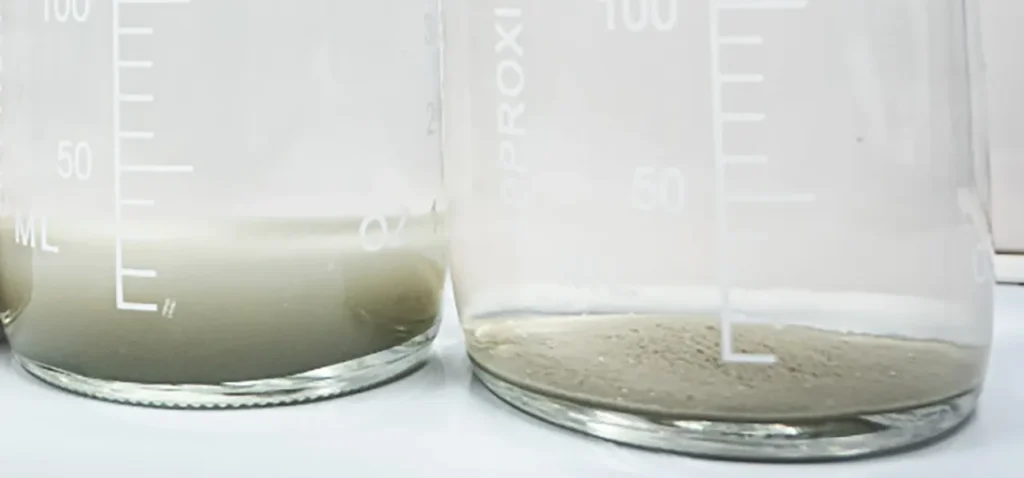
ClariPhos Rare Earth Coagulant outperforms traditional aluminum- and iron-based coagulants for phosphorus removal in wastewater treatment. Using cerium and lanthanum, ClariPhos forms stable, dense rhabdophane minerals, reducing sludge production, chemical costs, and achieving stringent phosphorus limits with greater efficiency.
Bishop Water completes water treatment project at industrial lagoon to remove metals, PCBs
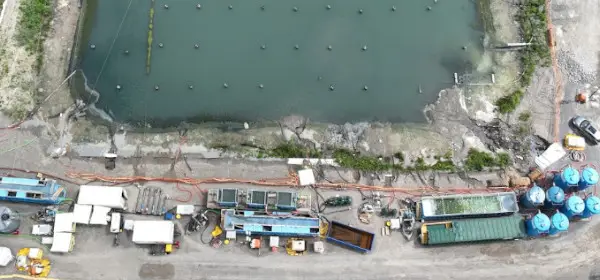
The environmental remediation of a two-hectare industrial lagoon in Port Hope, Ontario, was an important project to restore the natural features of the property and enable safe use by the community.
Ontario WWTP eliminates pH adjustment after switch to ClariPhos® coagulant
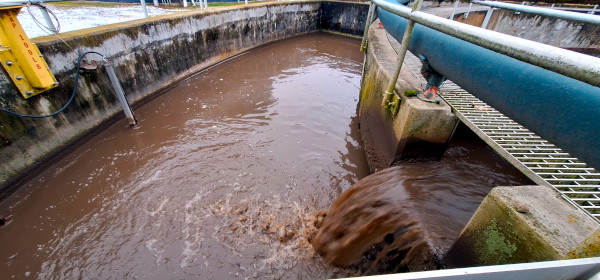
How can a wastewater treatment plant eliminate the need for pH adjustment while also reducing coagulant consumption? The answer lies in switching to a coagulant that is less acidic and achieves removal targets at lower dose rates than alternatives: ClariPhos® Rare Earth Coagulant.
Less acidic ClariPhos coagulant improves operator safety and phosphorus removal
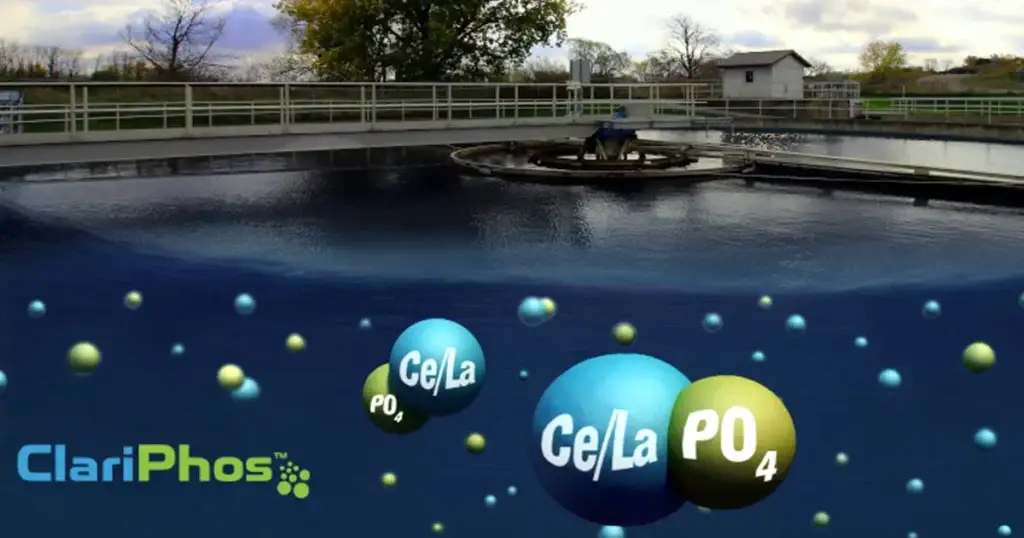
Discover how switching to ClariPhos™ Rare Earth Coagulant enhances phosphorus removal efficiency, reduces pH swings, minimizes hazardous chemical use, and improves operator safety in wastewater treatment.
In 30 mins we’ll show you how much ClariPhos® coagulant can save for your WWTP
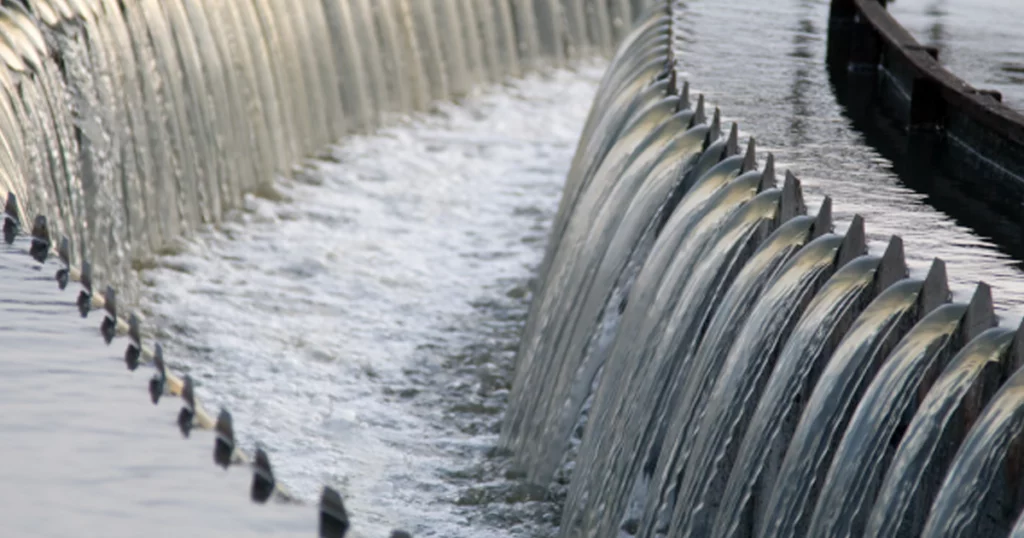
Lower dose rate, reduced sludge volume, better clarifier performance, improved phosphorus removal—these are just a few of the cost-saving benefits that ClariPhos® rare earth coagulant can bring to a wastewater treatment plant.
Unlocking hidden savings: What to consider when comparing the cost of chemical phosphorus removal
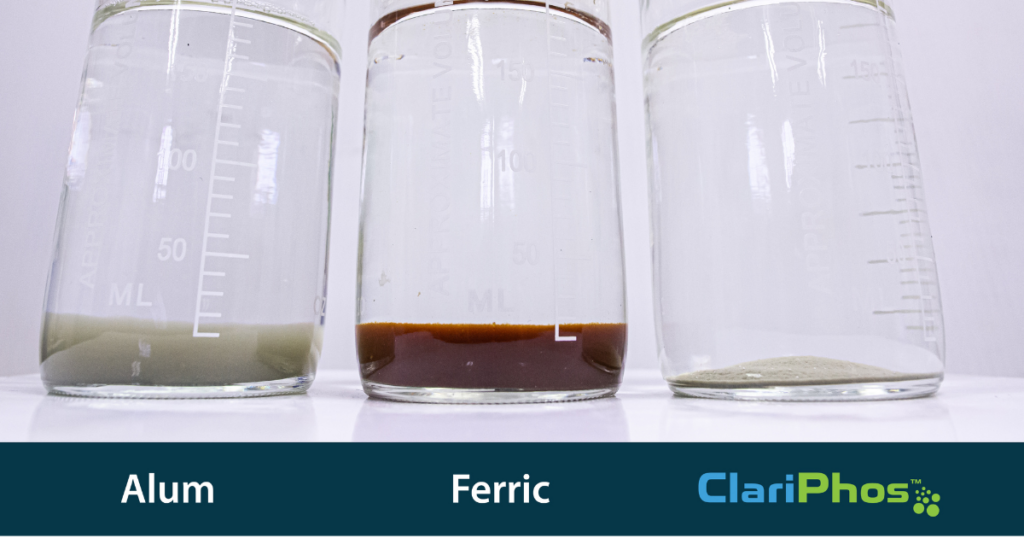
When choosing coagulants for phosphorus removal, it’s common to prioritize the cost of the chemical as a key factor in the decision-making process.
ClariPhos® beats alum and ferric for phosphorus removal
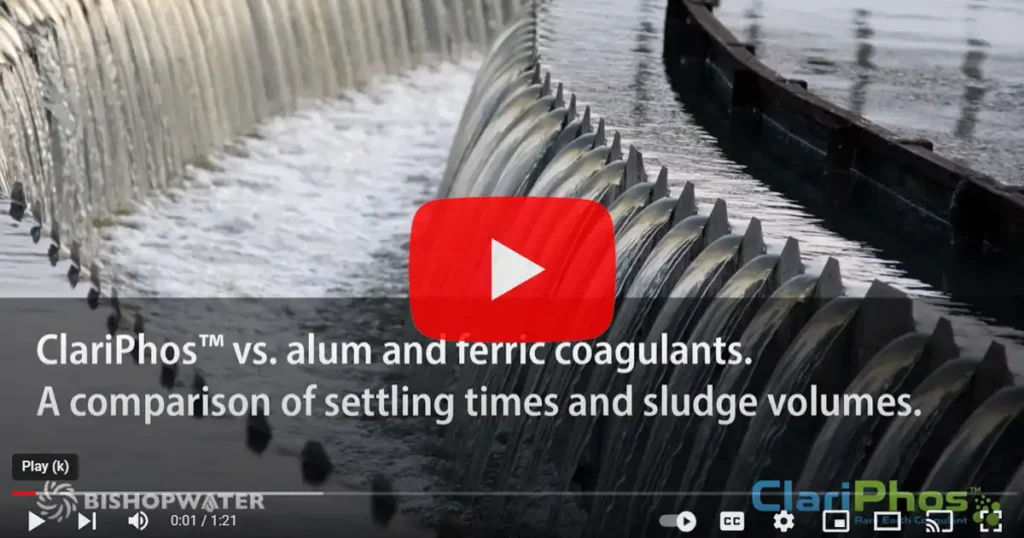
ClariPhos® rare earth coagulant is a game-changing technology that dramatically outperforms alum- and ferric-based coagulants for phosphorus removal.
Webinar – ClariPhos Rare Earth Coagulant: Remove more phosphorus, produce less sludge.
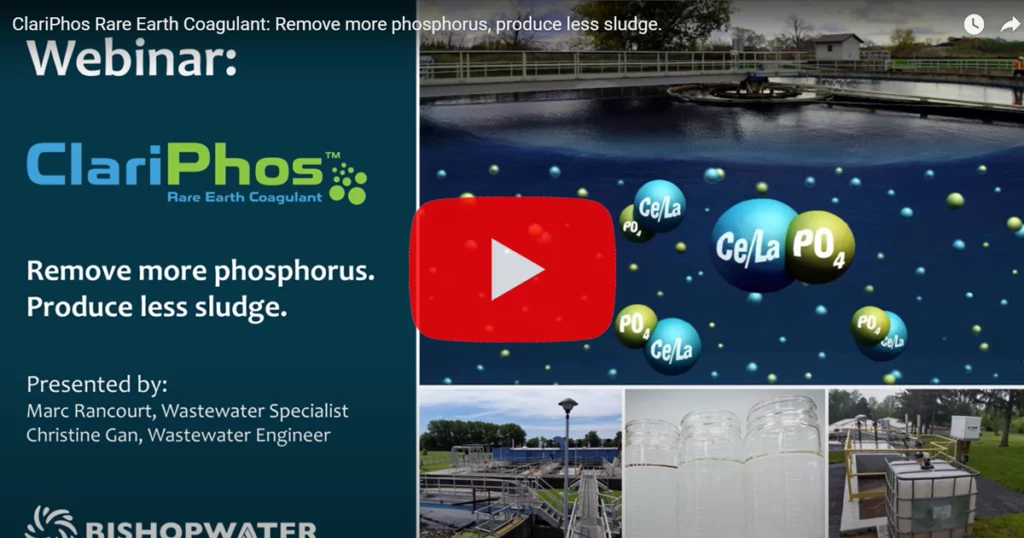
Learn about ClariPhos, a new, game-changing coagulant that beats alum and ferric for phosphorus removal and can help wastewater treatment plants achieve ultra-low phosphorus limits — as low as 0.07 mg/L.
How to remove more phosphorus with less coagulant
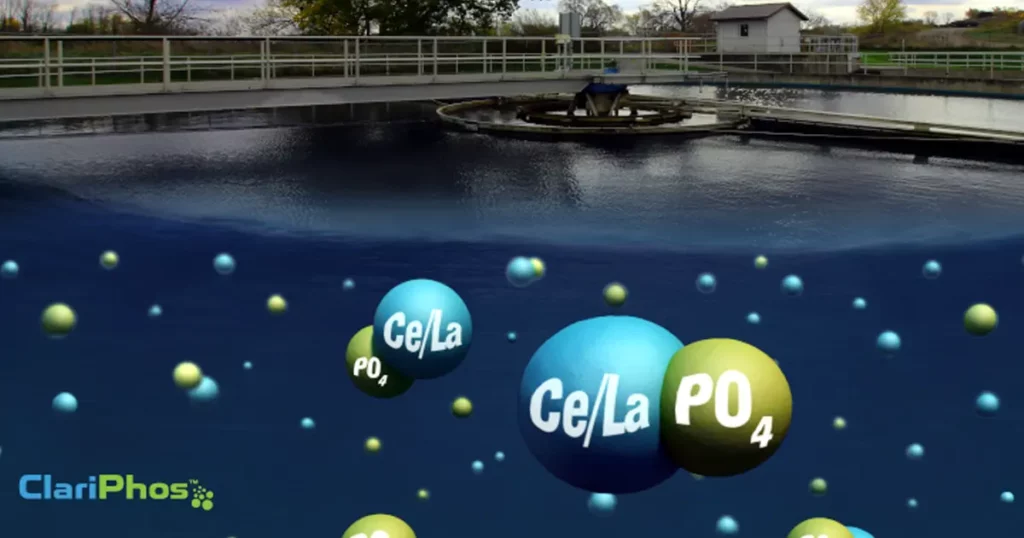
ARTICLE How to remove more phosphorus with less coagulant How can a wastewater treatment plant improve phosphorus removal while reducing the amount of coagulant it’s using? The answer: switch to a coagulant that forms a strong, preferential bond with phosphorus. Here’s why that works. Conventional aluminum- or iron-based coagulants don’t form a strong bond with […]
ClariPhos® receives ECA for phosphorus removal, enabling pilot testing throughout Ontario
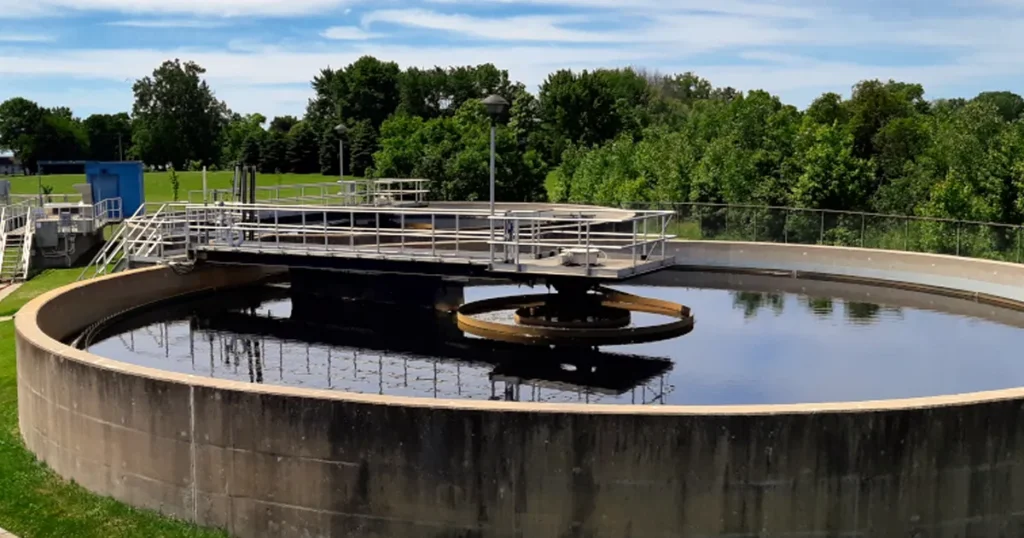
Bishop Water now has an Environmental Compliance Approval (ECA) for our ClariPhos® Rare Earth Coagulant, which means we can simplify the process to temporarily replace conventional coagulants and demonstrate the impressive phosphorus removal abilities of this product at wastewater plants throughout Ontario.



